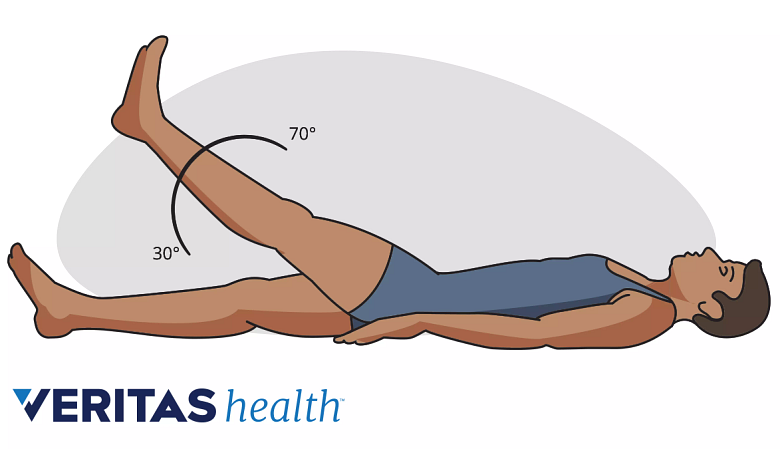At the beginning of an initial doctor’s visit for back or neck pain, a nurse or physician’s assistant is likely to conduct a pre-examination to prepare the doctor for the exam.
This process typically includes collecting information about current symptoms, the duration of symptoms, and how and when symptoms arose. Information on blood pressure, height, weight, current medications, and other relevant health information are also collected.
What is a Medical History?
A medical history provides a doctor with the context necessary to understand current symptoms and narrow down possible causes. For example, gathering information on exercise habits can indicate muscles or other spinal structures that may be aggravated by activity.
See Spinal Anatomy and Back Pain
Typically, information collected in a medical history includes:
- Detailed list of current symptoms, including when pain began, where pain is felt, if pain is constant or intermittent, how pain feels (sharp, dull, stabbing, shooting), and any other symptoms that accompany the pain
- Past occurrences of back or neck pain, including diagnoses and treatment methods
- Past or recent injuries that may be contributing to pain
- Regular exercise, diet, and sleeping habits
- Past medical history, including information on back or neck pain, cardiac issues, diabetes, and overall health
See Preparing to See A Doctor for Back and Neck Pain
Other factors, such as social or emotional health, may also be included in a medical history.
Similar information may be collected during a pre-examination. It is important to supply as much detail as possible during both the pre-examination and the doctor’s medical history.
advertisement
What is a Physical Exam?

A straight leg raise test is used to recreate sciatica pain caused by a herniated disc.
A physical examination builds off the information gleaned from a medical history to further narrow down or identify causes of pain. A physical exam for back/neck pain may consist of a variety of methods and tests, including:
- Palpation, or feeling by hand, along the spine to check for abnormalities such as abnormal bony alignment, muscle spasms, or areas of tenderness
- Strength testing to determine if there is any weakness in specific muscle groups in the arms or legs
- Sensation testing, which involves seeing if your skin can feel light touch or pin pricks
- Reflex tests, in which muscle reflexes are tested with a reflex hammer; poor or weakened reflexes may indicate nerve root irritation
- Movement tests, which may be used to check range-of-motion or to recreate pain; common movement tests include bending forward, backward, or side-to-side, or a straight leg raise test, used to recreate leg pain typically caused by a herniated disc.
See Getting an Accurate Back Pain Diagnosis
In most cases a physical exam and medical history are sufficient for diagnosing and treating back and neck pain.
